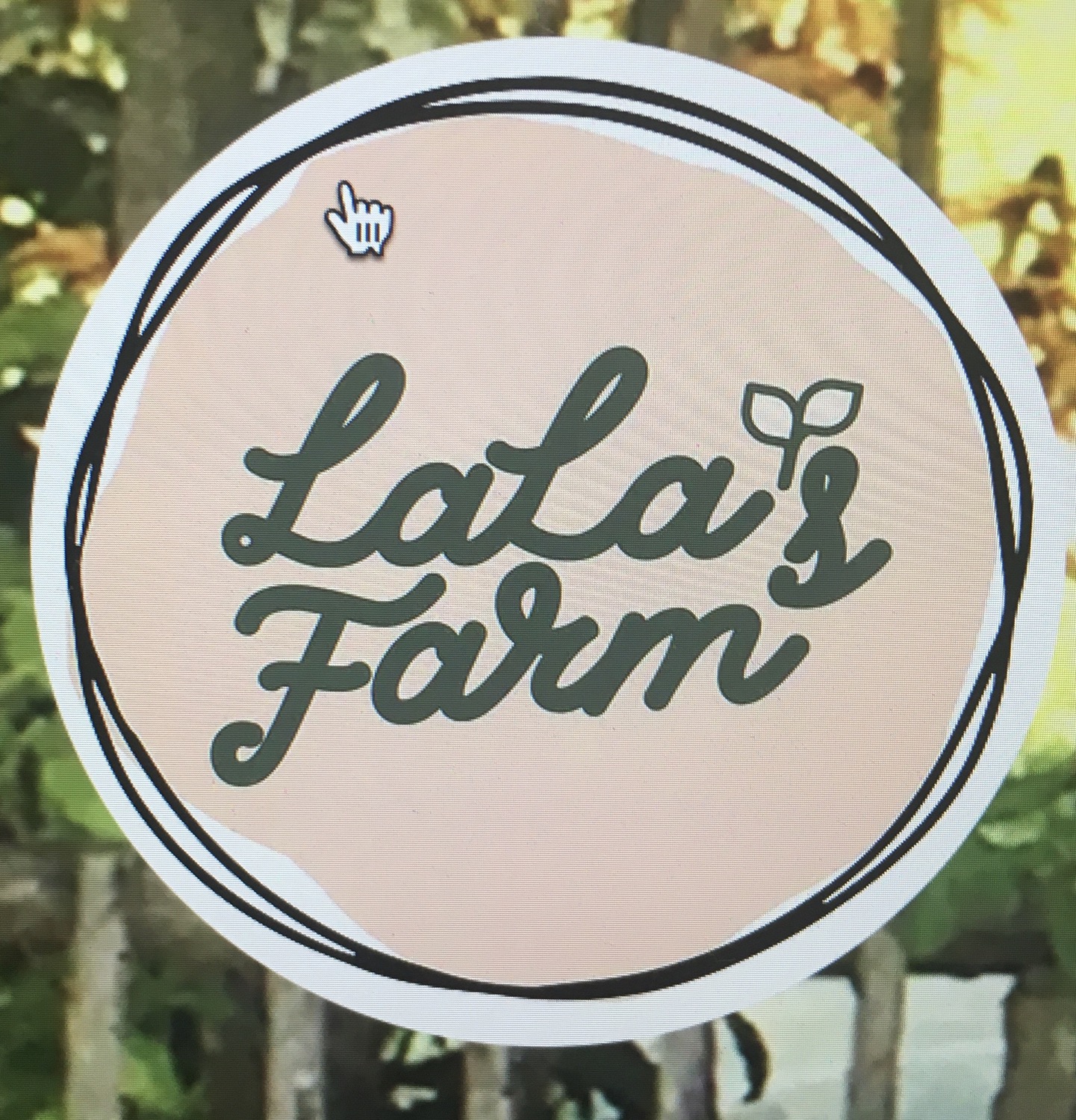"Maximizing Perennial Growth: A Guide to Winter Sowing with Milk Jugs in the Northeast"
- LaLa

- Jun 9, 2024
- 3 min read
Updated: Dec 22, 2024
Harnessing Winter Sowing with Milk Jugs for Perennial Growth in the Northeast

As winter blankets the Northeast in snow and frost, gardeners often hang up their trowels and wait for the thaw. However, for those eager to jumpstart their perennial gardens, winter sewing with milk jugs presents an ingenious solution. This method allows gardeners to germinate seeds outdoors, protected from harsh winter conditions, setting the stage for vibrant growth come springtime.
Why Winter Sowing?
Winter sowing offers several advantages over traditional indoor seed starting. By sowing seeds outdoors in winter, plants experience natural temperature fluctuations, which can result in stronger, more resilient seedlings. Additionally, winter sowing eliminates the need for artificial lighting and provides ample space for root development, resulting in healthier plants.
Using milk jugs as miniature greenhouses adds an extra layer of protection, shielding seeds from harsh winds, pests, and fluctuating temperatures. Plus, it’s a sustainable way to repurpose plastic waste, giving these containers a second life in the garden.
How to Winter Sow with Milk Jugs:
1. Gather Materials: Collect clean, empty milk jugs with caps intact. You’ll also need potting soil, seeds suitable for winter sowing (such as hardy perennials), a utility knife or scissors, and waterproof markers.
2. Prepare the Milk Jugs: With a utility knife or scissors, carefully cut around the middle of each milk jug, leaving a hinge on one side to serve as a hinge. This creates a top and bottom half, which you’ll reassemble later. Poke several drainage holes in the bottom of each half.
3. Sow Seeds: Fill the bottom halves of the milk jugs with moistened potting soil, leaving about an inch of space at the top. Plant seeds according to package instructions, then gently water to settle the soil.
4. Label and Secure: Use waterproof markers to label each milk jug with the type of seeds planted and the date. Reattach the top halves of the jugs and secure them with tape or string to prevent them from blowing away.
5. Place in Garden: Position the milk jug mini-greenhouses in a sunny spot in the garden, preferably against a south-facing wall or in a sheltered area. Arrange them so the hinge side faces east to capture the morning sun.
6. Monitor and Maintain: Throughout the winter, check the milk jugs regularly to ensure the soil remains moist but not waterlogged. Ventilate the containers on mild days to prevent excessive heat buildup.
7. Await Spring: As the days lengthen and temperatures rise, keep an eye out for seedlings emerging from the soil inside the milk jugs. Once the risk of frost has passed, gradually acclimate the seedlings to outdoor conditions before transplanting them into the garden.
Benefits of Winter Sowing with Milk Jugs:
• Protection from harsh winter conditions
• Natural temperature fluctuations promote robust growth
• Sustainable use of plastic waste
• Cost-effective alternative to indoor seed starting
• Early start to the gardening season
Recommended Perennial Seeds for Winter Sowing:
• Coneflowers (Echinacea)
• Black-eyed Susans (Rudbeckia)
• Bee Balm (Monarda)
• Columbines (Aquilegia)
• Daylilies (Hemerocallis)
Winter sowing with milk jugs empowers Northeastern gardeners to extend their growing season and cultivate resilient, thriving perennial gardens. By harnessing the power of nature and repurposing everyday materials, this method offers a sustainable and cost-effective way to kickstart springtime growth. So, grab those milk jugs, sow some seeds, and watch your garden come to life, even in the depths of winter.






